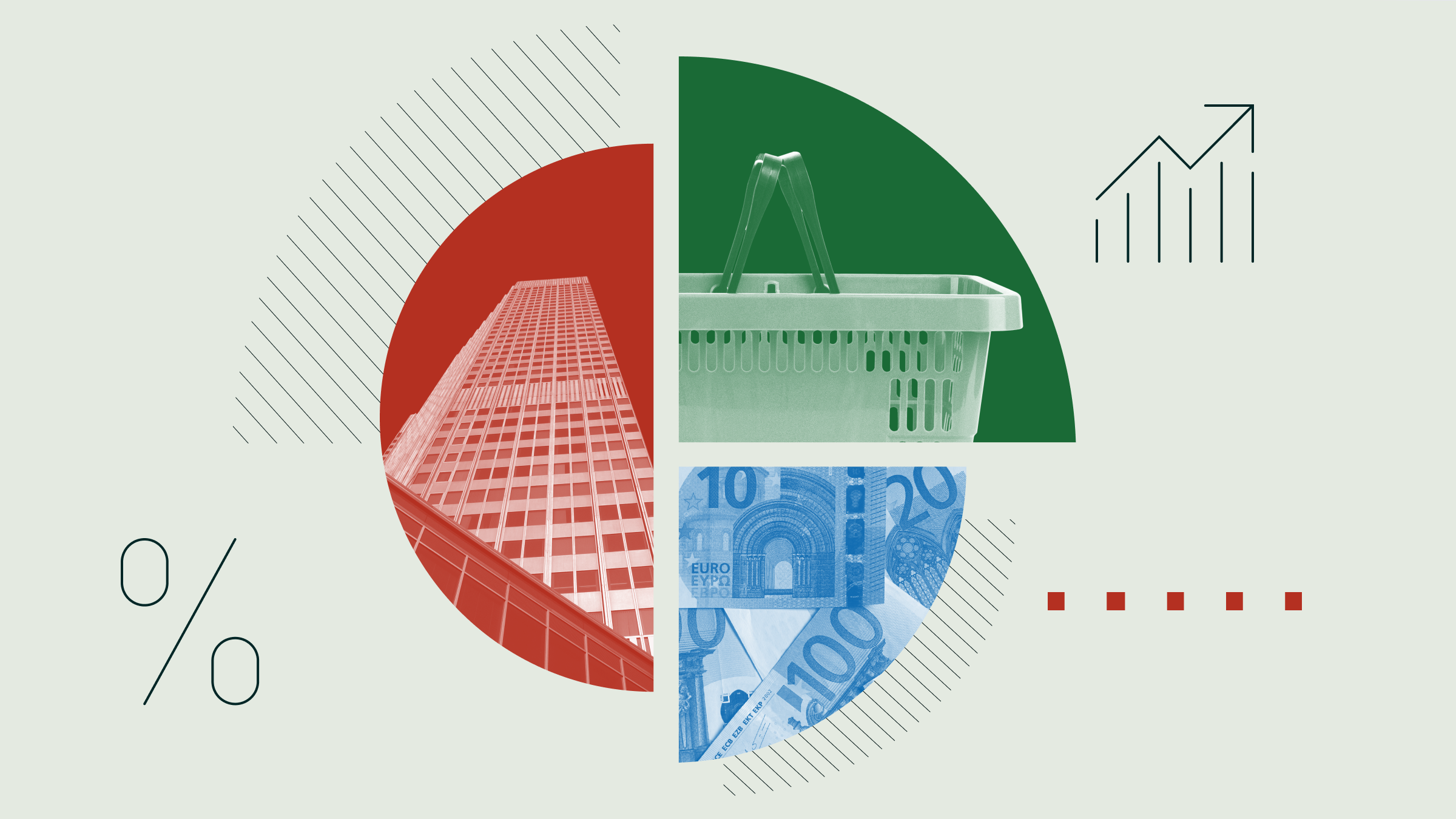Rolle im Portfolio
The iShares J.P. Morgan USD Emerging Markets Bond UCITS ETF offers investors exposure to the US-dollar-denominated segment of the emerging-markets sovereign debt market. This exchange-traded fund tracks a geographically diversified global index with average duration of around seven years. This is a US-dollar-denominated product that distributes dividends on monthly basis.
The higher yield relative to developed markets remains the key selling point of emerging-markets government debt. Investors are also attracted to emerging-markets debt by virtue of its low historical correlation to developed fixed-income investments. This ETF is likely to work best as a satellite component in most investment portfolios.
Increasingly, investors are being advised not to treat emerging markets as a homogeneous asset class and instead discriminate between countries. On paper, this would seem to support an active approach to the asset class. However, compared with its Morningstar Category, which includes actively managed funds, this ETF's risk-adjusted returns have ranked in the upper areas of the first quartile during the past three and five years.
The fact remains that active bets on emerging-markets debt are fraught with risks and volatility, whereas a geographical broad-based and low-cost passive approach helps to balance these out. Ultimately, this seems to translate into a comparatively more stable and less risky long-term return profile for passive funds.
This market-leading and highly liquid iShares ETF has a good tracking record. Its ongoing charge of 0.45% is not the lowest relative to passive competitors, but it is very competitive within the wider context of its category.
All factors considered, we see this ETF as a compelling proposition for investors seeking broad-based exposure to hard-currency-denominated emerging-markets sovereign bonds.
Fundamentale Analyse
Emerging markets are routinely highlighted as one of the main economic success stories of the past three decades. Structural changes to the way these economies are governed have made emerging-markets bond exposure part and parcel of most investment portfolios, with investors lured by higher yields relative to developed counterparts.
The attractive yield differential is still a powerful driver of demand. However, for the past three years, macro risks have been weighing on emerging-markets bond valuations. Overall emerging-markets economic growth has slowed down, with some countries (for example, Russia and Brazil) severely hit by the collapse in commodities prices. In addition, emerging-markets bond valuations have also been negatively impacted by expectations of US monetary policy normalisation. In general terms, the more resilient emerging-markets countries are those with diversified economies, current account surpluses, and sizable foreign-exchange reserves.
It is fair to say that the rationale for investing in emerging markets is now being reformulated. The past economic success of most emerging-markets economies rested on an export-oriented model. In the post-2008 environment, with demand from developed countries on the wane, emerging-markets economies that have a sufficiently diversified structure--that is, those producing more than just commodities--have switched focus to domestic sources of growth.
The transition to a new economic model is difficult and likely to take many years. This explains the comparatively lower expected growth rates going forward. Moves by emerging-markets economies to boost domestic demand may translate into higher government expenditure, which would weigh on emerging-markets government-bond valuations.
Irrespective of whether emerging-markets bond issuance in conducted in US dollars or local currency, investors need to keep a close eye to developments in the foreign-exchange market. Overall, the combination of slower emerging-markets economic growth and the policy normalisation undertaken by the US Federal Reserve are supportive of the US dollar.
Indexkonstruktion
The J.P. Morgan EMBI Global Core Index is a subset of the broader J.P. Morgan EMBI Global Index and measures the performance of most liquid US-dollar-denominated emerging market sovereign or quasi-sovereign bonds. The EMBI Global Core Index includes fixed, floating-rate, and capitalising bonds with a minimum outstanding of USD 1 billion and minimum remaining maturity of 2.5 years. Eligible countries are those classed by the World Bank as having low or medium per capita income for two consecutive years, or countries that have restructured their external debt during the last decade. The index is calculated every business day of the year, as defined by the US bond market calendar. Valuations are calculated on best offer/bid prices submitted by a selected group of emerging-markets brokers or by J.P. Morgan traders if prices from selected brokers are not available. This is a diversified index that limits the weightings of countries with higher debt outstanding. The index is rebalanced on the last business day of each month. Income from coupon payments is reinvested in the index on the date paid.
Fondskonstruktion
IShares uses physical replication to track the performance of the J.P. Morgan EMBI Global Core Index. Given the large number of index constituents, iShares uses stratified sampling to construct the fund. The index is broken down into sections, each representing key risk factors, such as duration, currency, country, rating, and sector. The managers then choose bonds included in the index that mimic the risk profile of each section. The aggregate result is a portfolio that represents the index's overall risk profile while allowing the ETF manager to avoid purchasing bonds that suffer from illiquidity. According to our research, the ETF has tended to hold 300 bonds on average from all issuers included in the reference benchmark. The weightings of issuing countries usually vary from 1% to 7%, while those for individual bonds stand in the 0.01-2.00% range. This ETF distributes dividends on a monthly basis. IShares engages in securities lending with the holdings of the ETF. BlackRock acts as investment manager on behalf of iShares. The ETF can lend out up to 100% of net asset value. The average on loan for this ETF in the 12 months to the end of December 2015 was 14.7%, for an annualised return of 7 basis points. Lending operations are backed by taking UCITS-approved collateral greater than the loan value and by revaluing loans and collateral on a daily basis. The collateral is held in a ringfenced account by a third-party custodian. The degree of overcollateralisation is a function of the assets provided as collateral but typically ranges from 102.5% to 112.0%. Lending revenue is split 62.5/37.5 between the ETF and BlackRock, respectively.
Gebühren
The annual ongoing charge for this ETF is 0.45%. This sits midway in the 0.30-0.55% fee range for ETFs providing exposure to the US-dollar-denominated segment of the emerging-markets government debt market. Additional costs potentially borne by investors and not included in the ongoing charge include bid/offer spreads and brokerage fees when buy/sell orders are placed for ETF shares. There are also rebalancing costs whenever the index changes composition.
Alternativen
When measured by assets under management, the iShares J.P. Morgan USD Emerging Markets Bond ETF is the undisputed market leader for this type of market exposure. It must be noted that iShares also offers a euro-hedged version of this ETF, which may be seen as an advantage for eurozone investors unwilling or unable to deal with foreign-exchange considerations. It charges 0.50%.
Alternatives from other providers include db x-trackers II EM Liquid EuroBond ETF (synthetic; ongoing charge 0.55%). The returns for this ETF are also hedged in euros. Meanwhile, lagging substantially in AUM terms but charging lower annual fees, we find Lyxor iBoxx USD Liquid EM Sovereign (synthetic; 0.30%), Amundi Global Emerging Bond Markit iBoxx ETF (synthetic; 0.30%), and UBS Barclays USD EM Sovereign Bond ETF (physical; 0.42%).
Investors considering emerging-markets bond investing can also choose from a growing array of ETFs providing exposure to local-currency-denominated debt, which tends to be issued mostly in short to medium maturities.

















